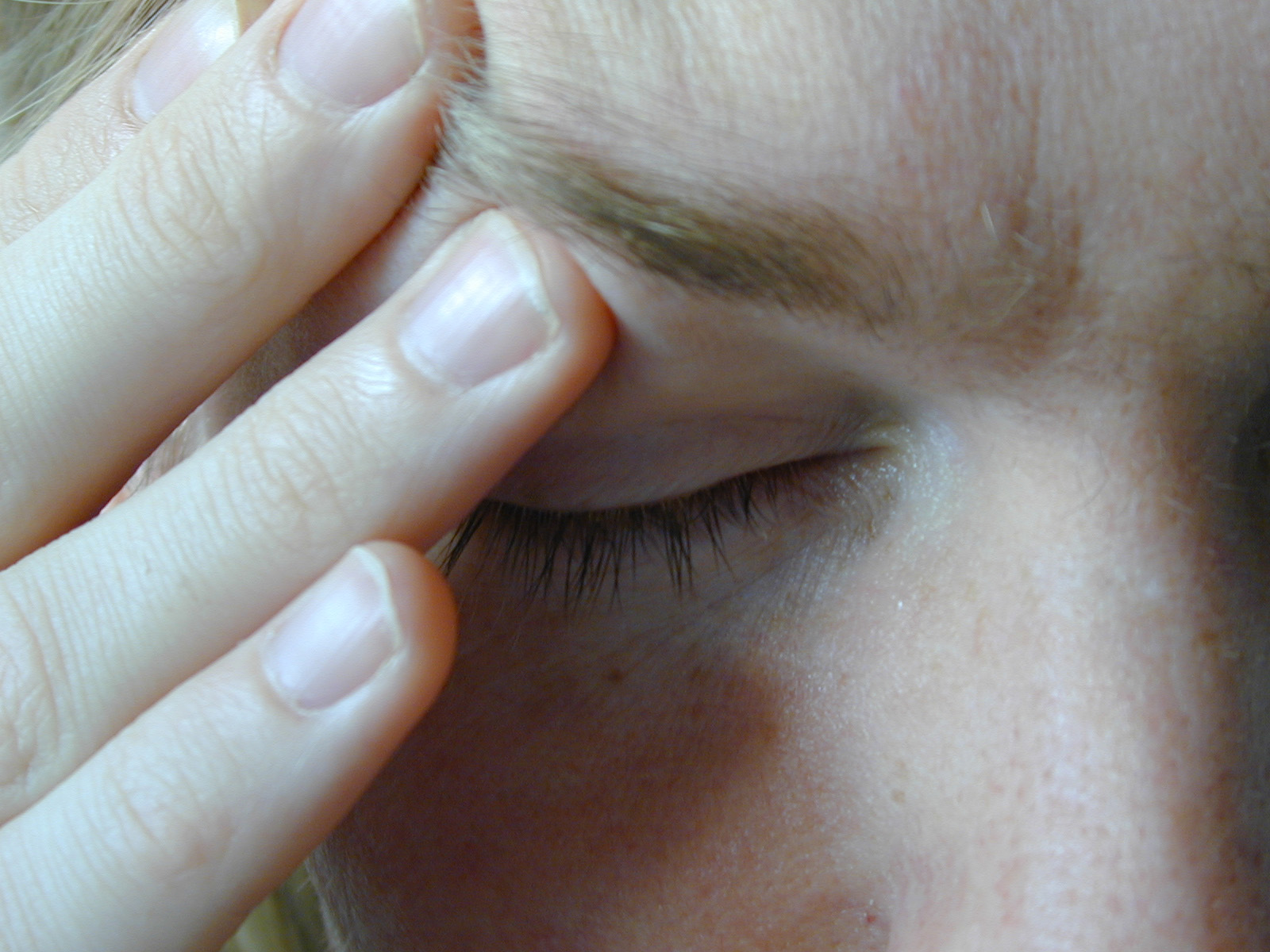Headaches: Are yours more serious than the common headache?
Do you get headaches? It can be from loud music, stress from work, or possibly a lack of sleep. Irritating headaches are common, but are you able to tell whether it is a sign of something more serious? Experts at Baylor Family Medicine break down the differences and explain when you should see a specialist.
Types of headaches and treatments
 Tension headaches: This kind of pain typically begins at the base of the neck, moves up over the top of the head, and causes a dull, steady ache, which affects both sides of the head. These are typically caused by tight muscles in your shoulders, neck, scalp and jaw due to stress.
Tension headaches: This kind of pain typically begins at the base of the neck, moves up over the top of the head, and causes a dull, steady ache, which affects both sides of the head. These are typically caused by tight muscles in your shoulders, neck, scalp and jaw due to stress.
Migraine headaches: These are severe headaches that usually occur with other symptoms such as nausea and sensitivity to light and sound. The pain usually occurs on one side of the head, but can move to both sides, and is described as a “throbbing” pain.
Medication overuse headaches: Regular daily use or overuse of over-the-counter medications can cause “rebound headaches,” where the medication actually begins causing chronic, daily headaches, and can usually be stopped when the medication is stopped.
Cluster headaches: These are sharp, excruciatingly painful headaches that come in “clusters,” usually occurring several times a day for months and then going away for a similar period. The pain is typically located around or behind one eye.
Temporal arteritis: Found in patients over the age of 50, this inflammatory condition of the arteries can lead to blindness if untreated. Warning signs included a one-sided headache that’s either different from any other kind of previous headache, or a first-time headache.
“Secondary” headache: These rare headaches are associated with an underlying condition or injury, such as a tumor or head trauma.
What to do if you get frequent, painful headaches
- Keep a headache diary: Note every time you have a headache, and detail information such as what time of day it is, how long it lasts, how bad the pain is, what symptoms you have before and during the headache, and where the pain is located.
- Notice possible triggers: Make sure to know what you ate and drank before your headache began, how much you slept, and what medications you’re using. Common triggers for headaches include red wine, food additives, chocolate, strong scents, and food deprivation or dehydration.
- Schedule an appointment with your physician: If you’re concerned about the frequency or intensity of your headaches after noting the regularities in your headache diary, see a physician. Your headache diary and patient history will be helpful to diagnose your headaches. You can also expect a potential physical and neurological exam, as well as palpation (feeling the neck and cranium to see if there are any trigger points that could be causing the headaches).
- Common treatments: Depending on what kind of headache you have, some common treatments include use of over-the-counter medications, incorporating lifestyle changes that can help reduce stress and tension on the body, beta-blocker or prescription medications for migraines.
Want more information? Schedule an appointment with a Baylor Clinic doctor today.
What experiences have you had with headaches? What are triggers and effective treatments for you?




Pingback: Why female execs get depressed more than men
Pingback: headache bournemouth relief information here on youtube
That’s a great article, providing very useful advice, thanks.
I regularly treat people with tension headahces using soft tissue manipulation, joint release, and postural correction/exercises, which have been hugely successful. But I always have to keep an eye out in my assessments for anything more sinister, and your article is a great reminder/refresher of the possible underlying causes.
Pingback: Three signs you may need to see a neurologist for your headaches